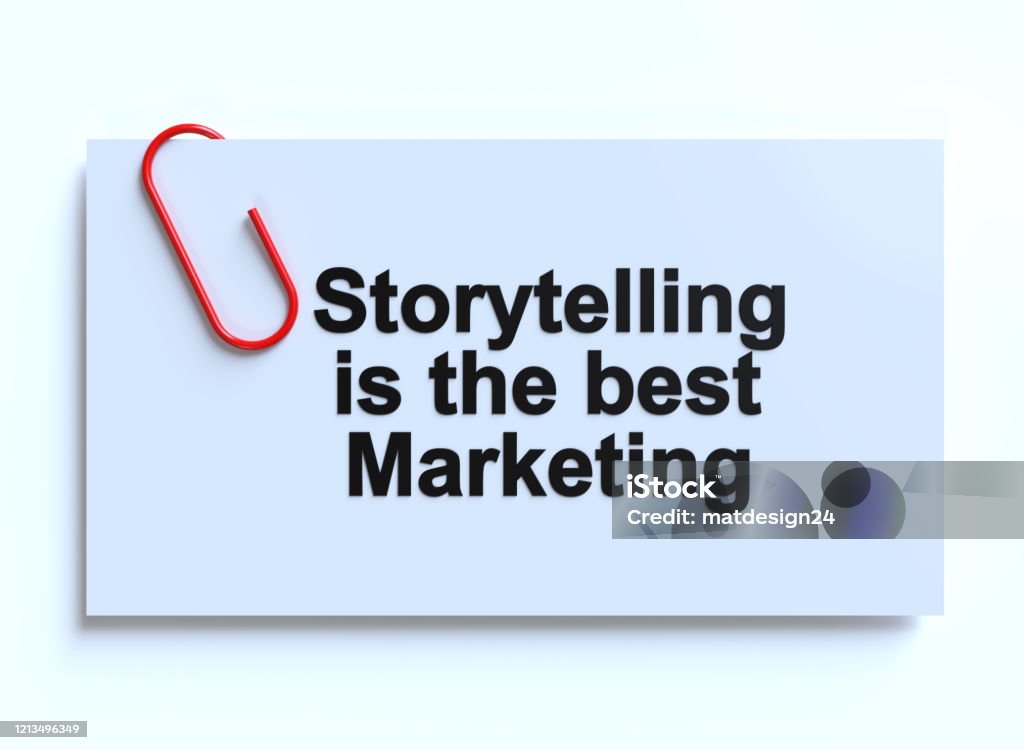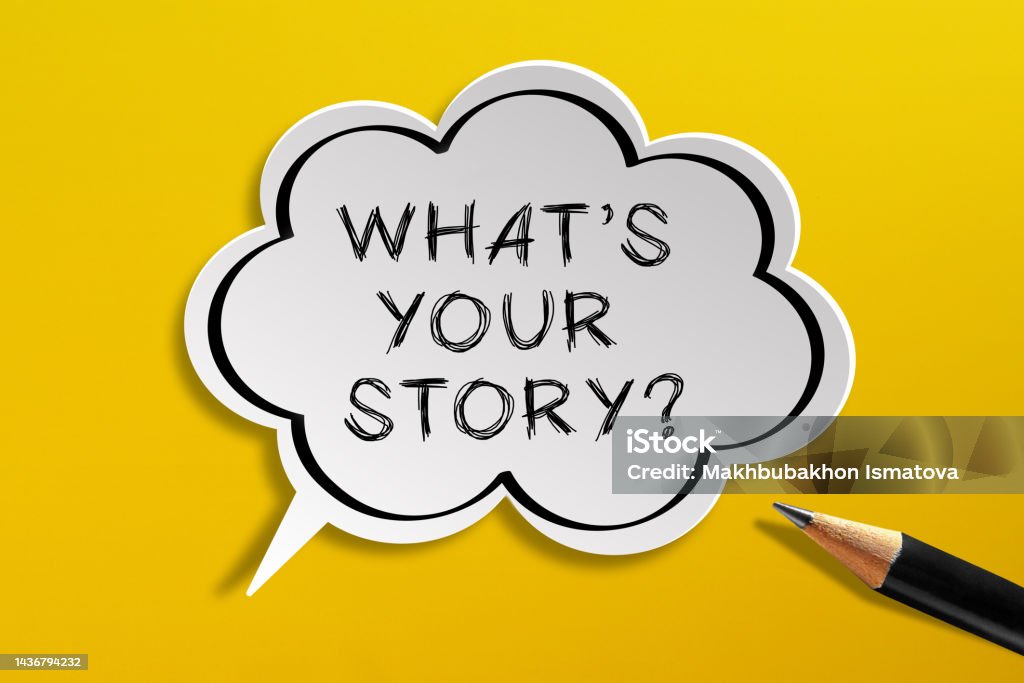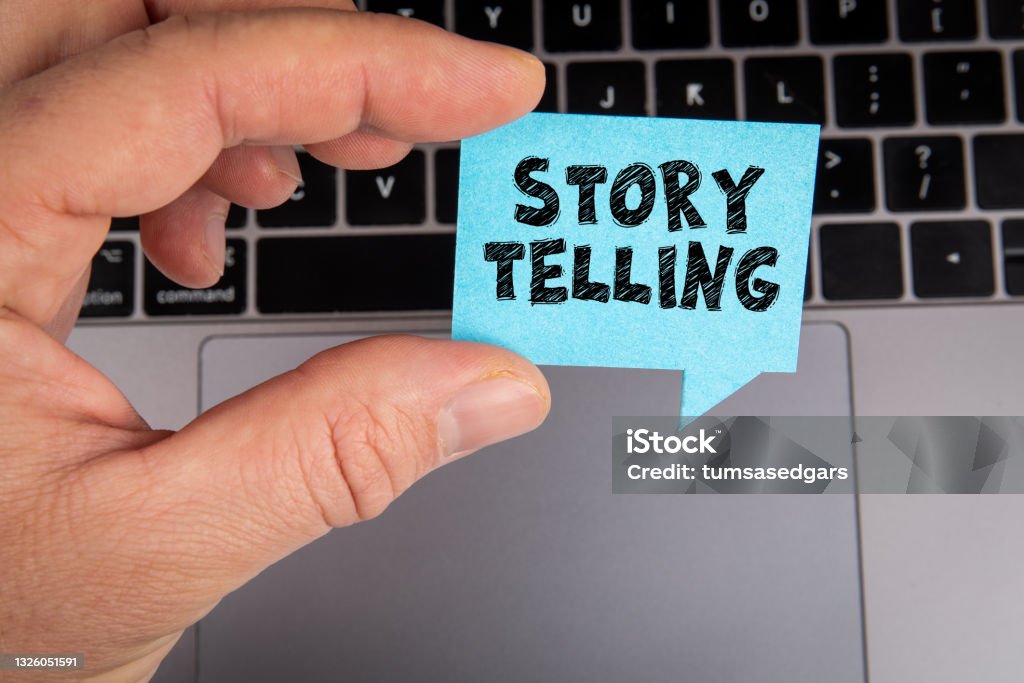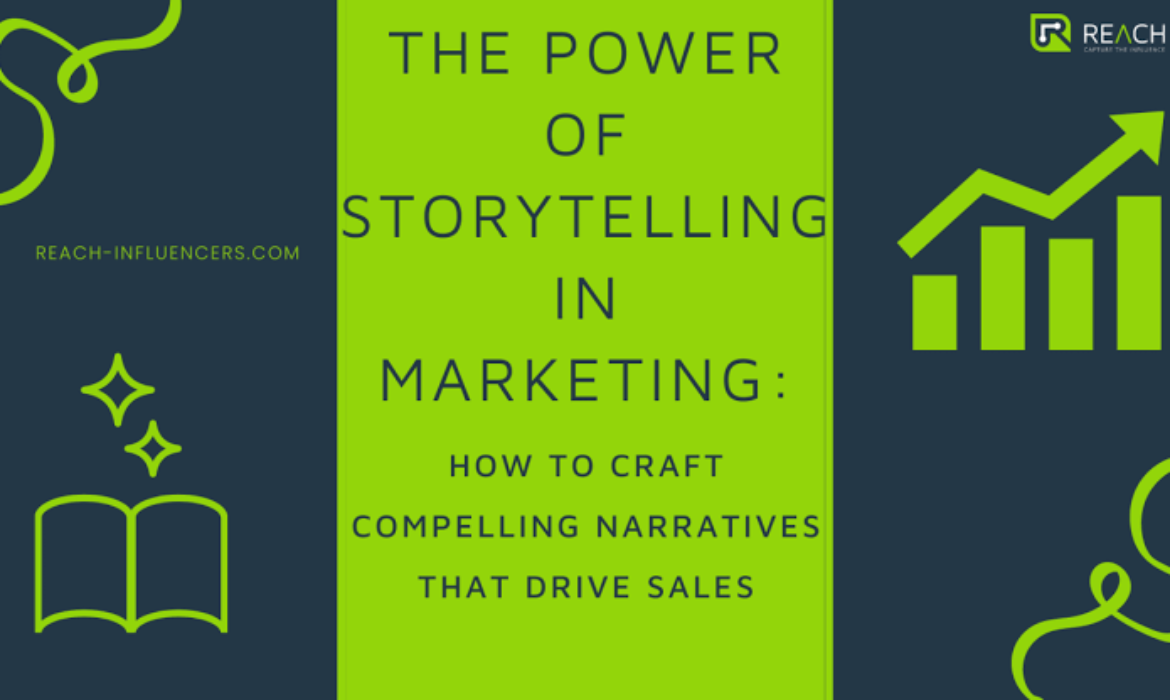081-4797-7173

From history to ancient civilizations sharing tales around the campfire to modern-day brands captivating audiences through social media showcases the power of storytelling, which remains unparalleled.
Like most cultural practices familiar to us, storytelling is one, if not the oldest and best-known culture.
You would agree with me that in our childhood days, most of the things or lessons we know now were told or passed down to us through stories told by parents, grandparents, and great-grandparents in the form of folklore.
An example would be the famous animal kingdom stories with popular animal characters such as the tortoise, the hyena, the lion, and others.
They capture our fantasies and also keep us coming back for more.
Most of the big brands and companies we all know, such as Apple, Nike, Coca-Cola, Dove, Indomie noodles, and many others, utilize storytelling to draw the attention of their audience to specific narratives through interesting, detailed content in order to engage customers or prompt them to take action.
In this article, we will explore the profound impact of storytelling in marketing and how it can be effectively employed to drive brand awareness, foster customer loyalty, and ultimately boost business success.

What is Storytelling?
Storytelling is the ancient art of human expression, using language to transport listeners and readers to imaginary worlds and evoke powerful emotions.
It communicates narratives, introduces new ideas, and sparks inspiration through vivid imagery and captivating narratives.
It is the science of using words to express an idea, narratives and create engagements.
What are Narrative Techniques?
Narrative techniques are the elements of storytelling that shape how the story is told, such as characters, perspective, setting, plot, style, theme; each of these narrative techniques can be used to enhance your campaign and make it more appealing, relatable, and impactful to your audience.
Understanding the Essence of Storytelling in MarketingAt its core, storytelling in marketing involves crafting narratives that evoke emotions, convey messages, and ultimately drive action.
By weaving together characters, plots, and settings, marketers can humanize their brands and establish authentic connections with their target audience.
Whether it’s through videos, blog posts, or social media content, every piece of marketing collateral presents an opportunity to tell a compelling story.
Moreover, storytelling in marketing is an art that, when mastered, can resonate on a deep, emotional level with the audience, creating not just customers but loyal advocates.
In this digital era, where content is consumed at a rapid pace, stories that captivate the imagination and stir emotions stand out, cutting through the noise and ensuring a memorable and lasting impression.
Elements of storytelling
In using narratives to craft compelling campaigns, it important to understand basic elements to incorporate to achieve an effective storytelling, these elements are also referred to as narrative techniques:
Identifiable Characters:
Identifiable characters are familiar imagery that resonate with your specific target audience. Characters are the heart beat of any story.
Create relatable characters that embody the values and aspirations of your target audience.
Whether it’s a customer success story or a brand mascot, memorable characters serve as anchors for your narrative.
Compelling Plot:
Develop a storyline that captivates attention and maintains interest from beginning to end.
A well-crafted plot should have conflict, resolution, and a clear call to action that aligns with your marketing objectives.
Perspective:
These are the point of view from which the story is narrated, such as first-person, third-person, or omniscient.
Setting:
These refers to the time and place where the story takes place, and how it affects the mood, tone, and theme of the story.
Style:
The choice of words, sentences, and figures of speech that create the voice and tone of the story.
Theme:
The central idea or message that the story conveys, such as love, freedom, or justice.
Authenticity:
Authenticity is key to building trust with consumers. Your story should reflect the genuine values and mission of your brand, avoiding overly promotional or disingenuous content.
Visual and Verbal Storytelling:
Combine visuals, such as imagery and videos, with compelling verbal narratives to create a multi-dimensional storytelling experience.
Consistency in tone, language, and visual aesthetics helps reinforce brand identity.
Emotional Appeal:
Appeal to the emotions of your audience by highlighting human experiences, challenges, and triumphs.
Whether it’s through humor, nostalgia, or empathy, evoke emotions that resonate with your target demographic.

Why are Narrative Techniques Effective for Campaigns?
Narrative techniques are effective for campaigns because they tap into the power of storytelling, which is a fundamental human activity and a universal way of communicating.
Stories can: capture action, evoke emotions, build trust, inspire action and lots more.
Implementing Storytelling Strategies in Your Marketing Campaigns
To use narrative techniques or storytelling strategies for campaigns, you need to follow some basic steps:
Define your goal:
To define your goals, the following questions should be thoroughly asked, in order to make the best use of the narrative technique for your marketing campaign.
The questions are: What is the purpose of your campaign? What do you want your audience to do after seeing or hearing your campaign?
Know Your Audience:
Conduct thorough audience research to understand the preferences, values, and pain points of your target demographic.
Tailor your storytelling approach to resonate with their interests and aspirations. You don’t tell a Nigerian story using a plot in Europe.
Craft a Compelling Brand Story:
Develop a cohesive brand narrative that communicates your unique selling proposition and brand identity.
Your story should differentiate your brand from competitors and leave a memorable impression on consumers.
Utilize Multiple Channels:
Experiment with various marketing channels, such as social media, email marketing, and content marketing, to share your brand story.
Adapt your storytelling techniques to suit the format and audience of each platform.
Measure and Iterate:
Continuously monitor the performance of your storytelling efforts through metrics such as engagement, conversion rates, and brand sentiment.
Use insights from analytics to refine your storytelling strategies and optimize future campaigns.
Leveraging Storytelling in Different Marketing Channels
Social Media:
For social medias narratives should be short, captivating and impactful stories that utilize visuals and user engagement.
Email Campaigns:
Personalized narratives that foster a direct connection and relational attributes with the recipient. Like referring to your audience in messages with their names.
Blogs:
Detailed stories that educate and provide in-depth brand insight.
Video Content:
Dynamic storytelling with the power to visualize and create emotional impact. Great visuals and voices that spark and draw attention.

Why Storytelling?
One timeless strategy continues to stand out in the ever evolving landscape of marketing, which is “storytelling”.
According to “Brandshop (Tumisang Bogwasi)”, the following statistics have highlighted the significance of brand storytelling: With consumer engagement: 92% of consumers wanted brands to make ads that felt like a story.
For memorability: 55% of consumers were more likely to remember a story than a list of facts. With Influence on purchasing decisions: 68% of consumers said that brand stories influenced their purchasing decisions.
Then customer loyalty: companies with compelling brand stories had a 20% increase in customer loyalty. Furthermore, conversion rate: 64% of consumers made a purchase after watching a branded social media video.
Storytelling has a unique ability to captivate, engage, and connect with consumers on an emotional level, enabling brands to leave a lasting impression.
It has so much advantage if done in right and most effective way:
Evoking Emotions and Building Connection:
Humans are inherently drawn to stories. From childhood, we are captivated by tales that transport us to worlds, evoke emotions, and make us feel a part of something bigger.
When applied to marketing, storytelling taps into this innate human tendency, enabling brands to forge a genuine connection with their target audience.
By crafting narratives that resonate with consumers’ values, desires, and aspirations, marketers can create an emotional bond that goes beyond the transactional nature of traditional advertising.
Emotionally engaged customers are more likely to remain loyal to a brand and become advocates, driving word-of-mouth referrals and organic growth.
For example: we have the Mom first choice storyline which is a trending tagline in almost every grocery shopping in Nigeria, from noodles, detergents, and cereals, etc.
Moms are special, I love my Mom, like who doesn’t cherish his/her Mom.
Differentiation and Brand Identity:
In an overcrowded marketplace, differentiation is key. Storytelling provides a powerful tool for brands to set themselves apart from competitors by communicating their unique value proposition and brand identity.
By sharing the story of how the brand came into existence, its core values, and the impact it aims to make, marketers can create a distinct narrative that resonates with their target audience.
This narrative becomes an integral part of the brand’s identity, helping consumers relate to and align themselves with the brand’s mission and purpose.

Memorable and Engaging Content:
In an era of information overload, attention is a scarce resource. Storytelling enables marketers to cut through the noise and create memorable and engaging content.
Stories have a natural structure that captures attention and maintains interest.
By weaving narratives into marketing campaigns, brands can create a cohesive and immersive experience for their audience.
Whether through videos, blog posts, social media campaigns, or advertisements, storytelling allows marketers to deliver their message in a way that holds attention, sparks curiosity, and generates a lasting impact.
Let your audience keep you at top priority every time with the contents you give.
Most reports has shown that stories stemming from real customer interactions are especially influential in molding brand image through social platforms.
By sharing first-hand accounts of customer experiences, brands can powerfully sway public perceptions across social media.
These types of narrative tales directly from the customer’s perspective prove particularly impactful compared to other forms of online content
Making Data Meaningful:
Data and statistics are essential in marketing, but they often fail to create a lasting impact on their own. Storytelling offers a way to make data meaningful and relatable.
By contextualizing data within a narrative framework, marketers can bring numbers to life, making them more accessible and memorable for the audience.
Stories help consumers understand the significance of data, making it more persuasive and actionable. This combination of data and storytelling enables marketers to build trust, credibility, and authority within their industry.
In a study by Dan and Chip Heath, after a presentation only 5% of people could recall specific statistics shared by the presenter.
However, 63% could remember the story the presenter told. This demonstrates that storytelling leads to higher memory retention and engagement compared to citing statistics alone.
Shaping Purchasing Decisions Through Narratives:
Crafting compelling stories enables brands to substantially impact customer choice and purchasing patterns.
By appealing to emotions and imagination, effective storytelling helps guide consumer preferences and product selections. When a brand tells a compelling story, it can shape consumers’ perceptions, attitudes, and purchasing decisions.
By strategically incorporating storytelling techniques into marketing campaigns, brands can create a sense of urgency, evoke desire, and drive action.
Stories have the power to influence how consumers perceive the value of a product or service, making them more likely to engage with the brand and convert into loyal customers.
Conclusion
In this present time inundated with advertisements and marketing messages, storytelling remains a potent tool for cutting through the noise and capturing the hearts and minds of consumers.
By leveraging narrative techniques and crafting compelling campaigns, brands can forge deeper connections with their audience, drive brand loyalty, and ultimately achieve marketing success.
Embrace the power of storytelling, and watch your brand’s narrative unfold in the hearts of consumers worldwide.
0






